Final Fantasy 7 Rebirth ending and Aerith’s fate explained
While Final Fantasy 7 Rebirth’s ending is set to unfold at the conclusion of the Forgotten Capital, the developers have kept Aerith’s fate closely guarded to prevent spoilers for players. This secrecy has heightened the anticipation surrounding the game, prompting fans to speculate about the implications of Aerith’s storyline.
However, Final Fantasy 7 Rebirth‘s ending is intricate and filled with ambiguity, leaving many players feeling confused. This article aims to clarify the ending and address the key questions that have arisen, but be warned—spoilers lie ahead.
What happens to Aerith in the original Final Fantasy 7?
In the original Final Fantasy 7, Aerith meets her tragic end at the hands of Sephiroth halfway through the game. After obtaining the Black Materia in the Temple of the Ancients, the party pursues Aerith to the Ancient Forest, where she is found praying in the Forgotten Capital. Aerith, the last of the Ancients, seeks to summon Holy—the only magic capable of stopping Meteor, which Sephiroth has summoned using the Black Materia. In a pivotal moment, Sephiroth descends from above and stabs Aerith, halting her prayers as she collapses. The fate of her prayers remains uncertain at this juncture.
Final Fantasy 7 Rebirth ending explained: Does Aerith die?
The question of whether Aerith dies in Rebirth is complex. The game follows the original storyline, with Sephiroth aiming for godhood using the Black Materia and Aerith being the only one who can stop him with the White Materia. As the party arrives in the Forgotten Capital, Aerith is found praying at the altar, but despite Cloud’s attempts to save her, Sephiroth still kills her. Yet, the aftermath is unclear; Aerith appears to awaken and reassures Cloud, indicating a possible acceptance of her fate. Scenes shift between various outcomes, suggesting she might not be truly dead or could exist in another world.
The final confrontation with Sephiroth unfolds across multiple overlapping worlds, illustrating the convergence of different realities. During this battle, Zack joins Cloud, and later, Aerith reappears to fight alongside him. The party mourns Aerith’s apparent death, yet she remains visible to Cloud, hinting at a deeper connection.
Are there multiple worlds?
At the conclusion of Remake, the party battles the Whispers—ghostly figures representing predestined fate. By defeating them, they carve their own path, suggesting that the trilogy may not adhere strictly to the original storyline. This creates a multiverse where new worlds are born when the boundaries of fate are breached. Sephiroth’s ambition extends beyond ruling a single world; he seeks to control all worlds.
Throughout Rebirth, players experience scenes with Zack, a character who perished in the original game. The narrative hints at an alternate world where Zack attempts to rescue Aerith, intertwining timelines and events. This layering of realities contributes to the story’s complexity, as characters navigate different worlds while seeking to understand their fates.
Why do Cloud and Aerith go on a date?
In the final chapter, Cloud and Aerith awaken in an alternate world with the goal of retrieving her White Materia. In their primary world, Aerith’s White Materia has diminished in power due to the Whispers. Therefore, Cloud must obtain a different White Materia from this alternate Aerith to prevent Meteor. During their time together, they share a poignant date in the slums of Midgar, which seems to serve as both a farewell and a final attempt to connect with one another.
While this alternate world is doomed, it allows for introspection and exploration of their relationship, contrasting Aerith’s past with Zack. The date represents a chance to experience different paths before facing inevitable outcomes.
Why are there white Whispers?
Remake introduced black Whispers as the harbingers of fate, which were seemingly defeated at the story’s conclusion. However, in Rebirth, both black and white Whispers reappear. The black Whispers are under Sephiroth’s control, representing his manipulation of fate across the multiverse. In contrast, the white Whispers seem to reflect Aerith’s influence, as she is surrounded by them during pivotal moments in the story.
This duality suggests a struggle for control over fate between Aerith and Sephiroth, potentially foreshadowing future conflicts within the trilogy.
Why can Cloud see Aerith at the end?
In the game’s closing scene, the party mourns Aerith while she appears only to Cloud. This could imply that Aerith has merged with the planet and its Lifestream, allowing her to exist as a spirit capable of communicating with Cloud. Alternatively, her presence might indicate that her death did not occur in every world, enabling her to connect with Cloud from another reality.
Cloud’s unique experiences across worlds may have granted him the ability to perceive these different timelines, further complicating his understanding of fate and destiny.
What questions remain ahead of the last game in the Final Fantasy 7 remake trilogy?
As the narrative unfolds, Cloud retains the Black Materia, which has yet to be used to summon Meteor. This raises questions regarding his intentions and Sephiroth’s plans for the multiverse. The symbolism of the sky, particularly the absence of a gash that previously indicated impending doom, suggests deeper connections between the worlds. Cloud’s promise to stop Sephiroth mirrors Aerith’s vow to pray against Meteor, yet the closing words hint at uncertainty regarding their fates.
The themes of reunion and divergence will likely play a crucial role in the final installment of the trilogy. The unresolved questions surrounding the characters’ journeys, particularly regarding Aerith and Zack, set the stage for an emotionally charged conclusion that fans eagerly await.
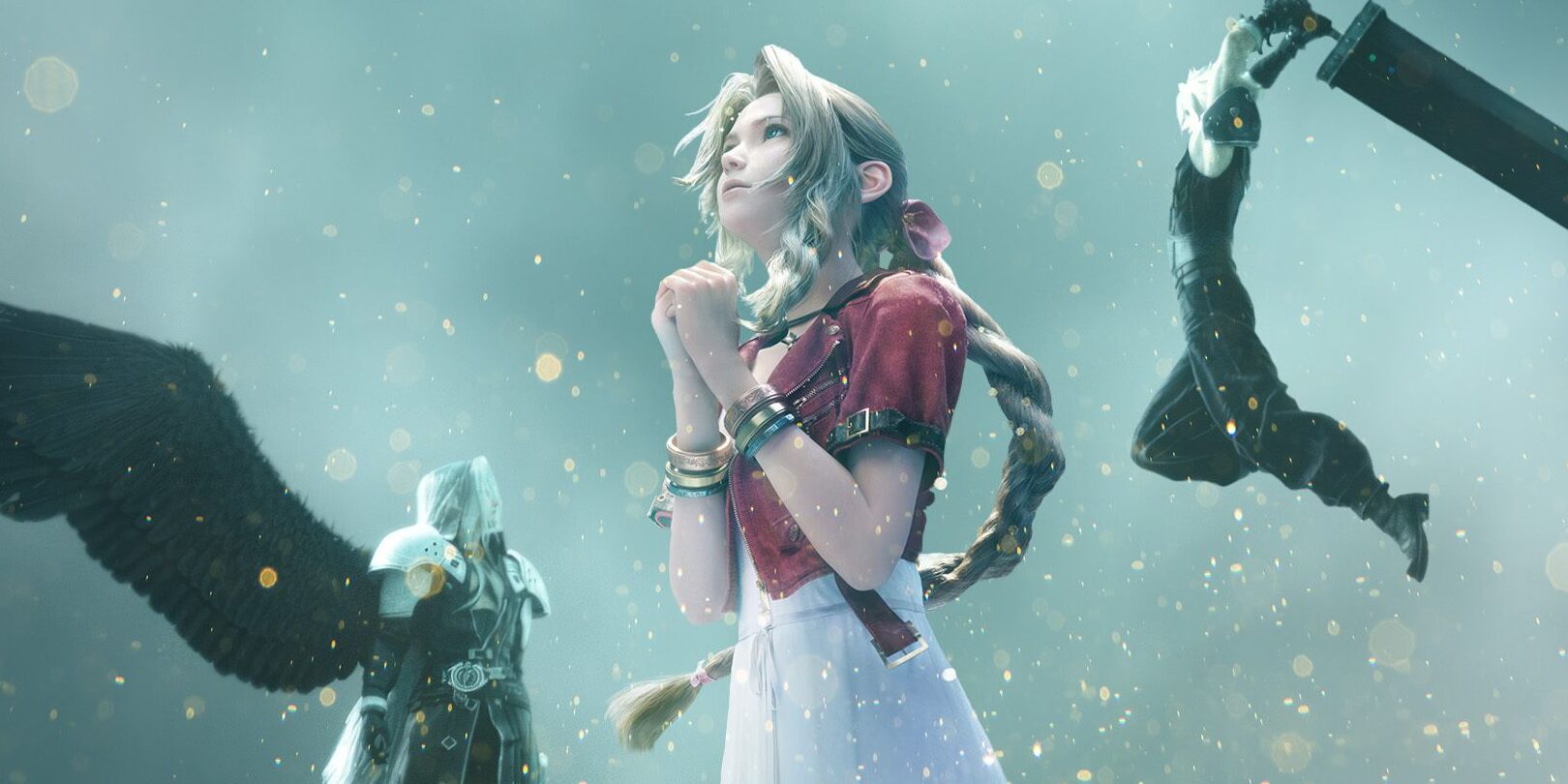



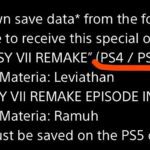

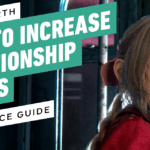



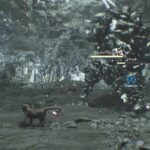



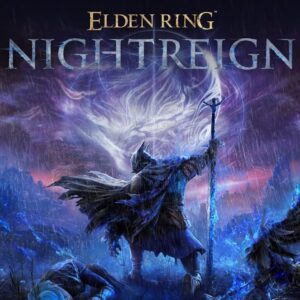




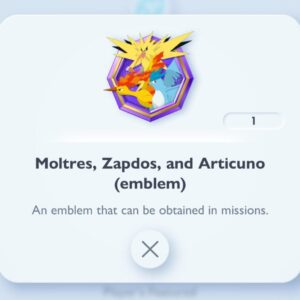
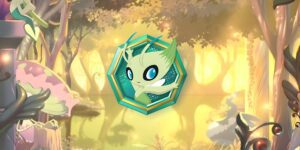




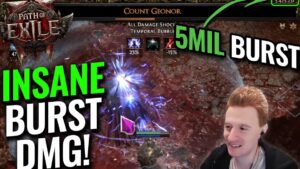


Post Comment